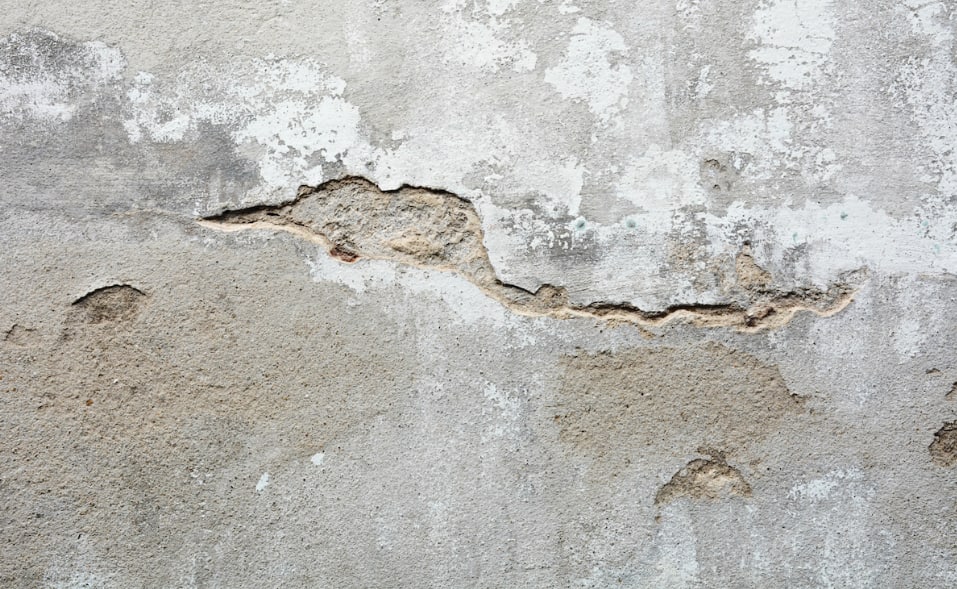What is Concrete Floor Spalling and How to Prevent It
Concrete floors are a popular choice for homes and commercial buildings because of their durability and strength. However, over time, these floors can develop a problem called concrete floor spalling. This condition can lead to significant damage, and it’s important to understand its causes, signs, and preventive measures. In this article, we will discuss what concrete floor spalling is and how to prevent it.
Causes of Concrete Floor Spalling
- Freeze-thaw cycles
- Excess water
- Improper installation
It is caused by several factors, including exposure to freeze-thaw cycles, excess water, and improper installation. Freeze-thaw cycles occur when water gets into the concrete and expands during freezing, leading to cracking and spalling. Excess water can cause the concrete to weaken and deteriorate, while improper installation can create weak points that can lead to spalling.
Effects of Concrete Floor Spalling
- Safety hazards
- Reduced structural integrity
- Aesthetic issues
Spalling concrete can have several negative effects, including safety hazards such as tripping and falling, reduced structural integrity, and aesthetic issues that can detract from the appearance of a building. It’s important to address spalling as soon as possible to prevent these effects from worsening and potentially leading to more significant damage.
Signs of Concrete Floor Spalling
- Flaking
- Cracking
- Crumbling
It is characterized by flaking, cracking, and crumbling. It can also lead to a rough and uneven surface, making it difficult to walk on. It’s important to identify these signs early on to prevent further damage to the concrete.

Preventing Concrete Floor Spalling
- Proper installation
- Reducing water exposure
- Sealing the concrete
Preventing concrete spalling requires taking preventive measures, such as ensuring proper installation, reducing water exposure, and sealing the concrete. Proper installation includes using high-quality materials and following the manufacturer’s guidelines. Reducing water exposure can be achieved through proper drainage and avoid using harsh chemicals on the concrete.
Repairing Concrete Floor Spalling
- Patching
- Resurfacing
Repairing concrete floor spalling involves patching or resurfacing the damaged area. Patching involves removing the damaged concrete and filling it with new material, while resurfacing involves applying a new layer of concrete over the damaged area. It’s important to consult a professional for larger repairs to ensure the integrity of the concrete.
Conclusion
Concrete floor spalling is a common problem that can lead to significant damage and safety concerns. By understanding the causes, signs, and preventive measures, you can protect your concrete floors from spalling and maintain their durability and strength. Regular maintenance and professional Concrete repairs can also help prevent the problem from worsening, ensuring the longevity of your concrete floors.
